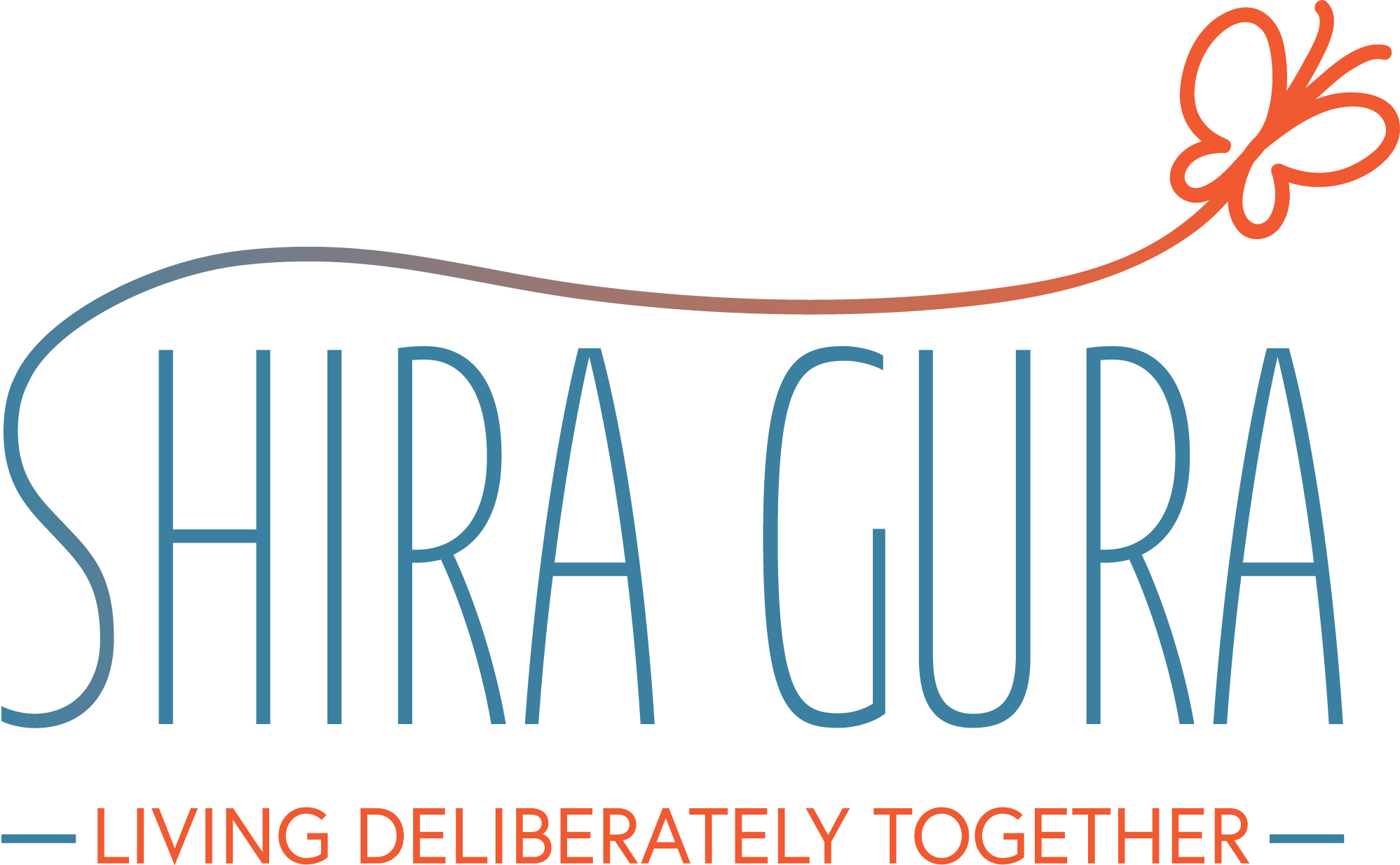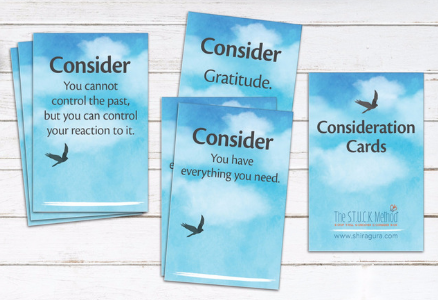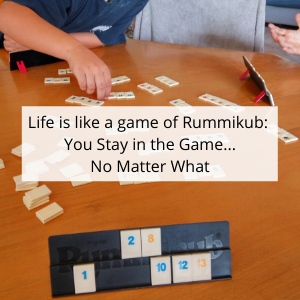If you’re like most people I talk to, meditation isn’t easy. And while we know by now how good it is for us and that a daily meditation practice can be a life changer, a lot of us struggle with incorporating meditation into our healthy habits. Those who think meditation is hard often abdicate the practice all together.
Admittedly, my own meditation practice has seen better days. When I first learned how to meditate, on a retreat many years ago, my teacher instructed us on correct posture, how to focus the breath, and what to do with arising thoughts. I remember once sitting on a cushion at 6 AM feeling quite excited to learn meditation.
While I already teaching yoga at that time, I had little experience with formal meditation, and knew adding it to my life could would likely enhance my personal and professional yoga experiences. I’m a “good student.” I felt confident that meditation was a skill I could hone.
I truly believed, after only a short weekend retreat, that I understood the “rules” and could easily implement them into my life. Further, I was under the impression that the way I learned to meditate that weekend was the way to meditate.
I am still a yoga instructor, but now I am also a personal growth coach, helping people see where they’re stuck in life and how to get unstuck. For two decades I’ve been stuck on meditation – without even realizing it!
I’ve kept a deep, dark secret: I don’t really like to meditate. Not only that, but despite well-intentioned efforts over the years, my “regular” meditation practice often turned irregular or would stop altogether when life got busy. Even during the periods of regular meditation, I often wondered if I was doing it “right” or long for the arrival of the ecstatic joy others described.
However, during a recent three-day Qi Gong retreat in Casaeria, Israel – not too far from where I live in the Lower Galilee — I had a meditation breakthrough. It started with a revelation: there actually is no one right way to meditate. On the contrary, each individual can and should explore the world of meditation until finding a technique that resonates.
The novel meditation practices I learned recently have led me down a path towards a personal consistent meditation practice I look forward to and truly practice joyfully.
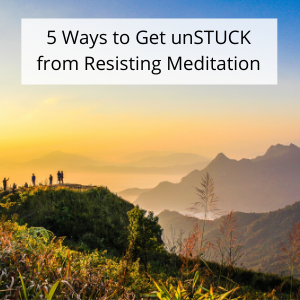 Here are 5 ways you can get unstuck from hating your meditation practice and opening your eyes to new possibilities.
Here are 5 ways you can get unstuck from hating your meditation practice and opening your eyes to new possibilities.
- Consider meditation is like a buffet: There are many styles from which to choose.
Meditation practices run the gamut: from sitting on a cushion to standing on your feet, from closing your eyes to staring at a candle, from focusing on the breath to focusing on nothing, from using a meditation app alone to practicing weekly with a group. Explore the many different varieties. Find a teacher or a group you connect to. I found that connecting to this particular teacher and knowing I can continue to learn from him at a distance offered me a sense of being supported and provided me with a place to turn to feel inspired on any day where I may not feel like doing the meditations.
2. Consider making your practice joyful!
There is no reason meditation needs to create suffering in your life – especially since meditation is intended to help you discover freedom and self-actualization. Be playful! Consider wearing a half-smile on your face when you meditate. The teacher on this retreat laughed so much, both at himself and in general. He made the entire experience feel light, and reminded me there was no reason to feel stressed or self-conscious as I sometimes do when I’m attempting to learn something new. Creating a joyful practice will enhance your commitment to it. You may even start to look forward to it.
3. Consider there is no right time of day to meditate.
Meditation is not just a morning practice. Consider you can meditate at other times of the day: at breaks from work, before you go to sleep, and even in the car (as long as you don’t close your eyes!) I always had a hard time waking up in the mornings to meditate, especially in the winter when it’s cold and dark. On this retreat, I learned a series of breathing techniques to do while still in bed in order to slowly wake me up and be excited to get out of bed and start the day. I never would have considered meditation in bed! Allow yourself to be flexible with the practice, and allow that flexibility to impact your life.
4. Consider there is no right posture for meditation, either.
Meditation is simply a focused moment in time. Our breath during meditation helps us focus. While we often see images of meditation done in a seated, cross-legged position, you can meditate in any position you feel safe and balanced, from sitting in a chair to standing in front of a mirror to walking in the woods. You can even meditate during dance or other movements of the body, arms, and legs. I like standing best. Since the retreat, I have started meditating outside on my porch after the sun comes up and the entire practice (not very long, 15 minutes) is done standing. I begin with some poses I just hold, but the rest is free flow. Standing, while meditating, makes me feel alive and awake, entirely different from when I meditated sitting.
5. Consider meditation is not just about the breath.
Meditation can’t just be about focusing on the breath; for what would one focus on in between breaths? Meditation is not trying hard not to think. Meditation is not about rules. Meditation just is. In fact, the more rules one has to follow during a meditation, the more the mind will stay busy. I once thought meditation was all about the breath, and I understand why my teachers taught me this. It was a way to anchor the mind when it would go astray. But, when I asked the Qi Gong master what to do with my wandering thoughts, he replied that we should not to worry about them – we should just focus on the body and to keep reminding ourselves to relax it in the poses. The more the body is relaxed, he said, the more the energy will flow. So, I realized it’s not as much about a focus on the breath, but more about getting present, no matter how you go about it.
For 20 years, I’ve been practicing one particular kind of meditation because I believed it was the only way to meditate. And because I struggled with it, I had difficulties maintaining a consistent practice. As I’ve opened my mind to new perspectives, I realized a daily meditation in my life was not just possible, but probable, thanks to the newly found joy in it.
To learn more about my CD: Day and Night: Gentle Hebrew music for Yoga, Meditation, and Prayer, please click here.
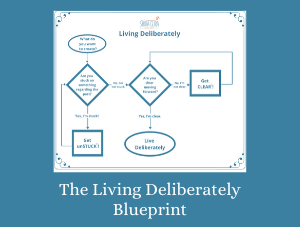 Here are the 3 secrets that most people do not know about living deliberately:
Here are the 3 secrets that most people do not know about living deliberately: